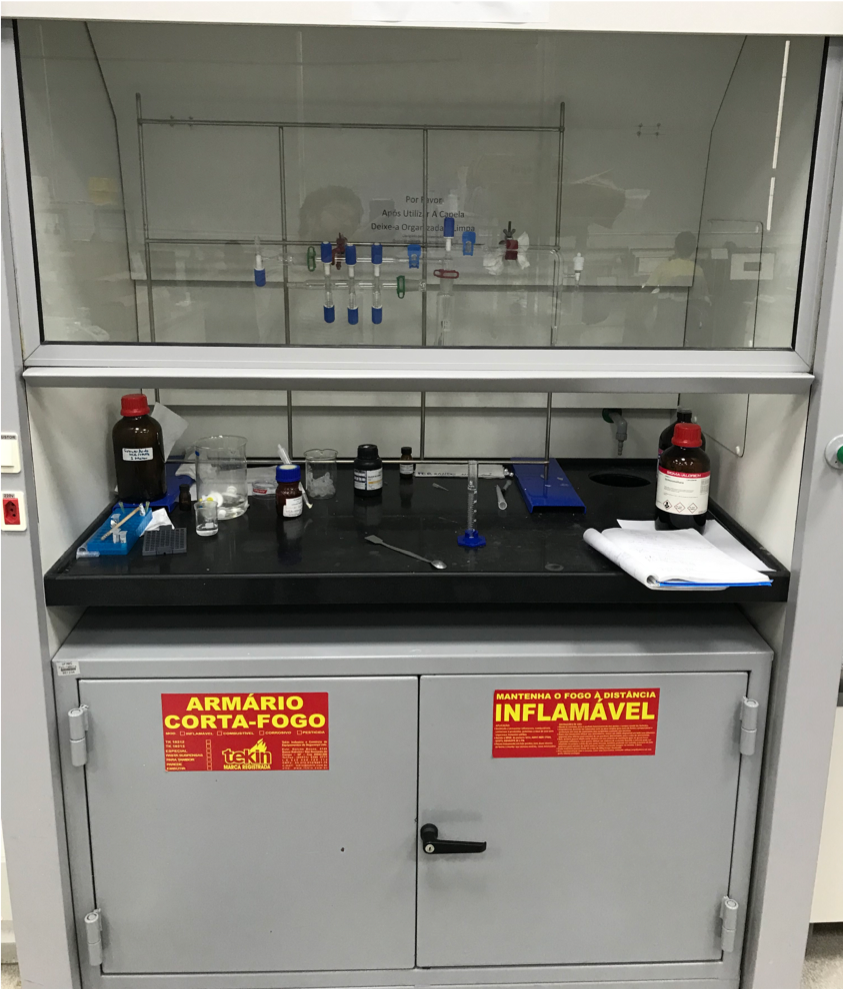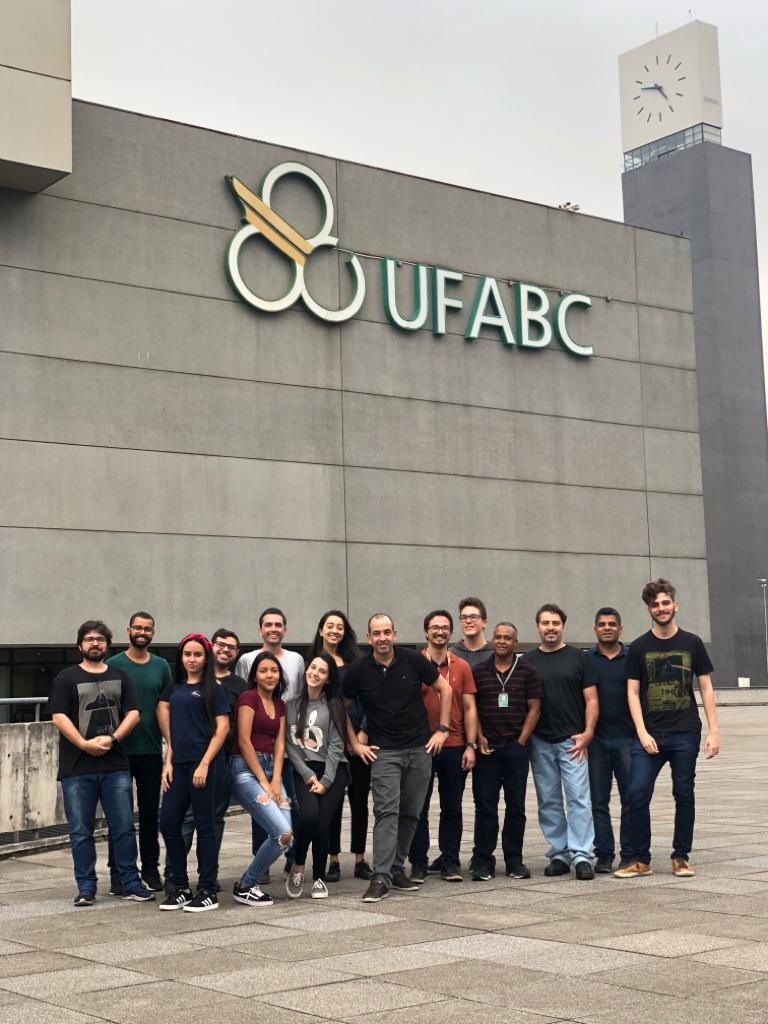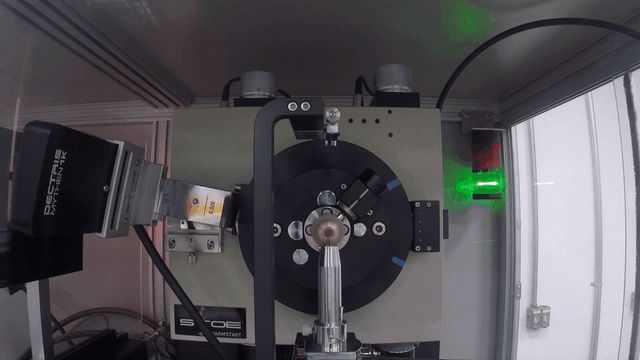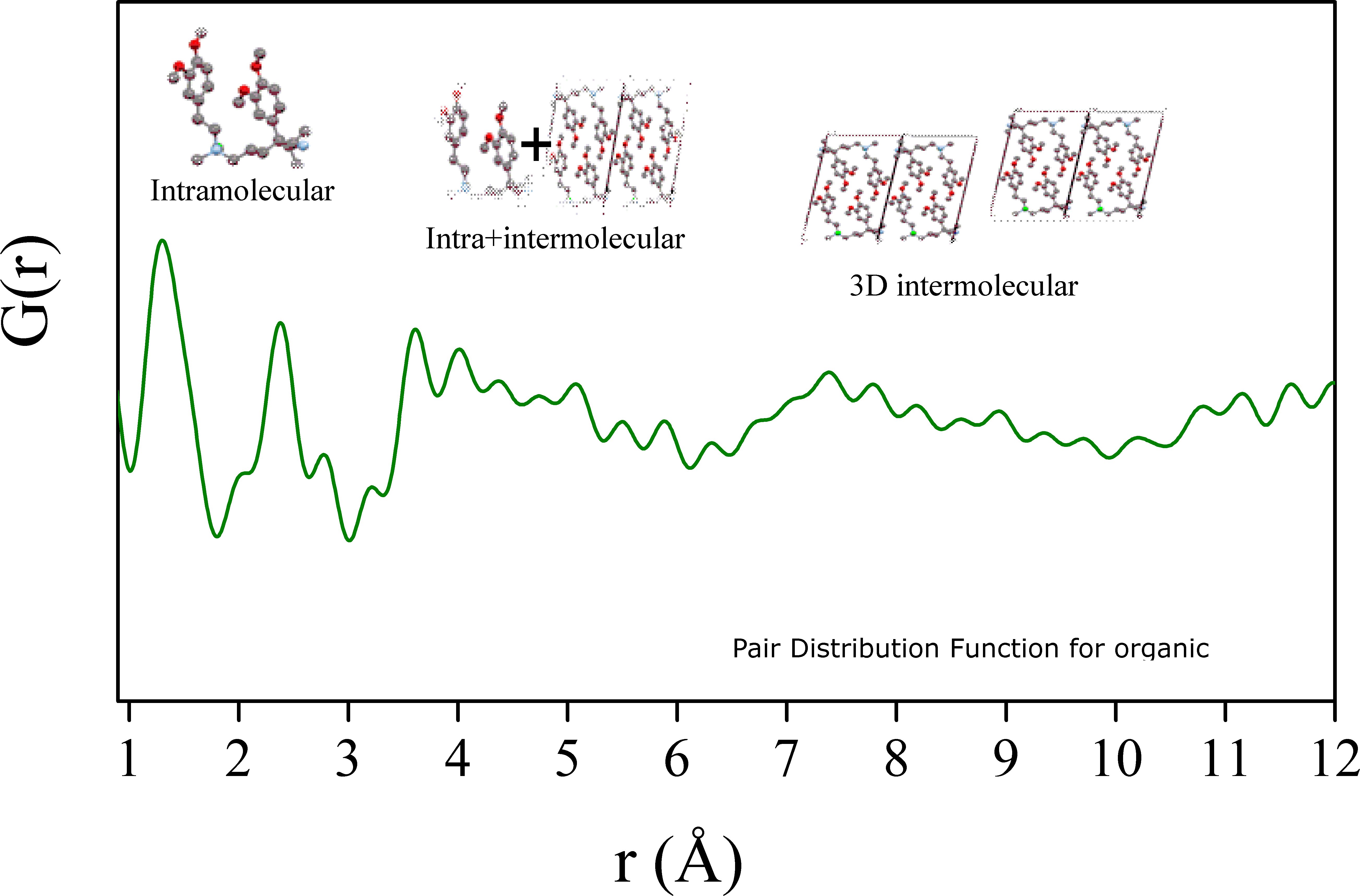The LCCEM has an excellent infrastructure consisting of ample space with benches for research and study and various equipment that enable the structural characterization of crystalline, nanocrystalline, and amorphous materials for the synthesis of new materials. Among the available pieces of equipment, we have:
High-resolution STOE Stadi-P powder diffractometers (monochromatic Cu, Mo, and Ag radiation)
The laboratory has three powder X-ray diffractometers, model STADI-P, from Stoe, operating in transmission mode, using CuKα1 (λ = 1.54056 Å), MoKα1 (λ = 0.7093 Å), and AgKα1 (λ = 0.5594 Å) radiation, selected by curved Ge(111) monochromators. X-ray photons are detected by linear (microstrip) solid-state detectors (Mythen 1K), providing high instrumental resolution and very short collection times (on the order of a few minutes). The latter has 4 Mythen2 4K detectors, which are good for pair distribution function (PDF) analysis.
Accessories
- Transmission measurement modules using acetate-cellulose foils or capillaries
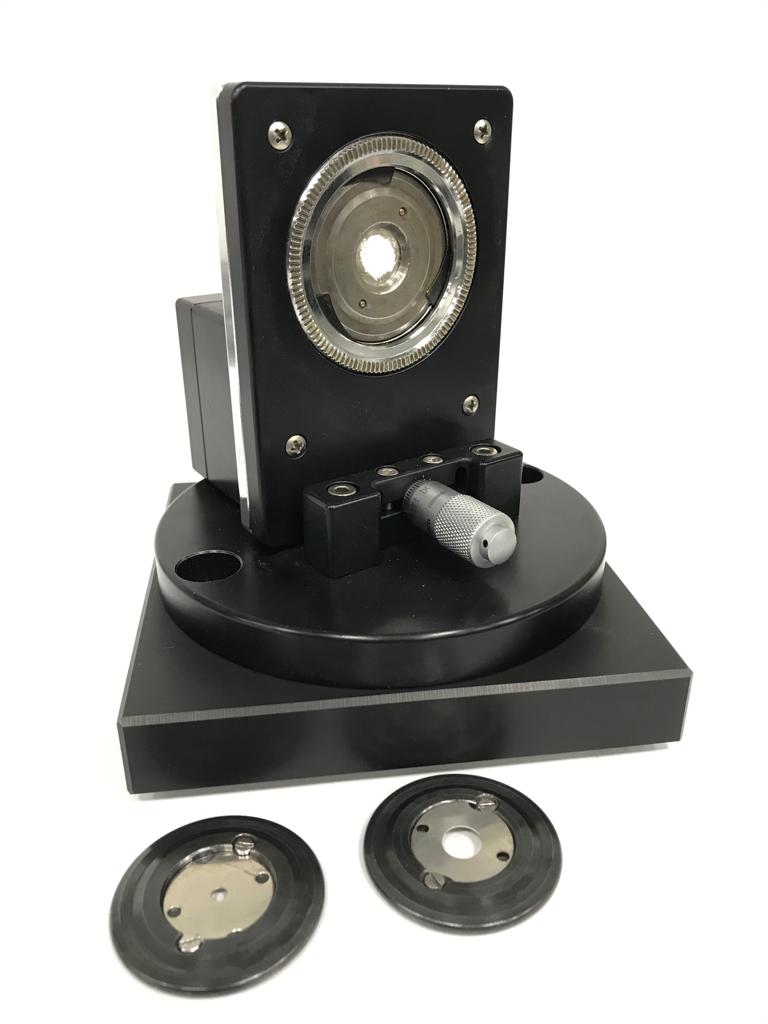
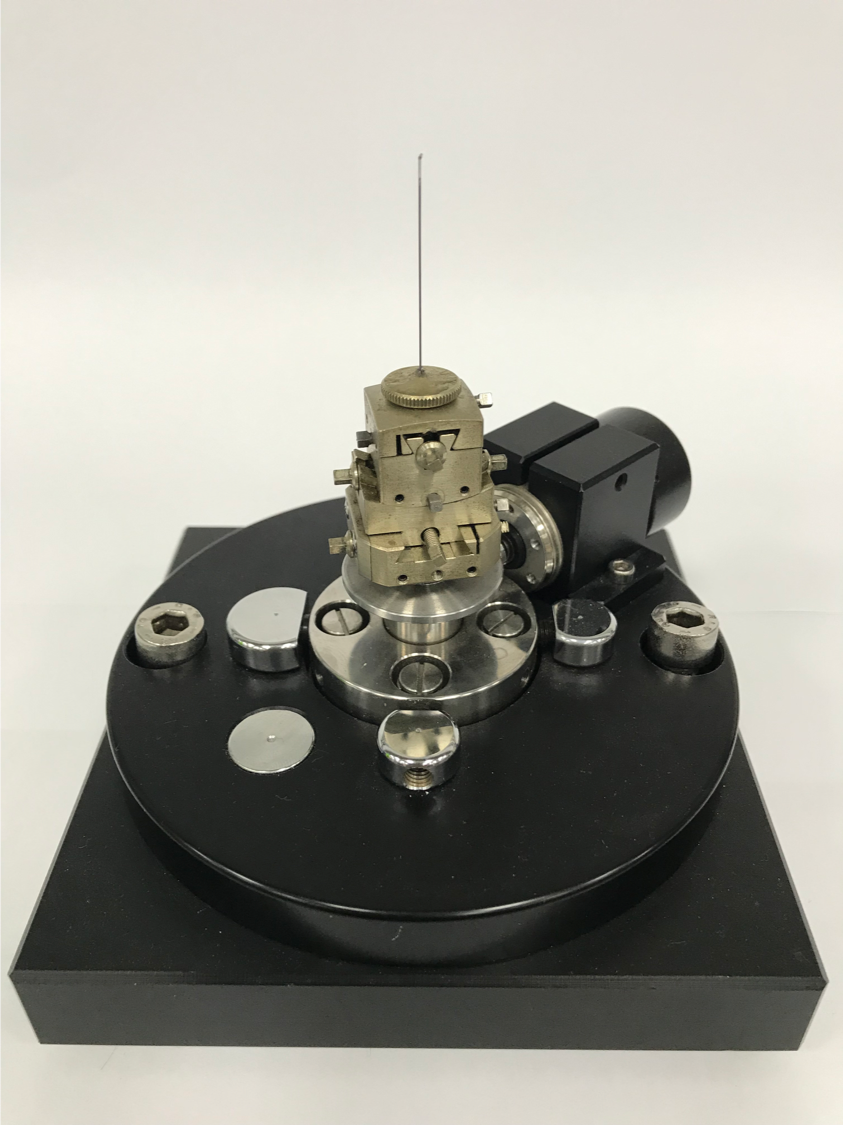
- Furnace using quartz capillaries (maximum temperature of 1000 °C)
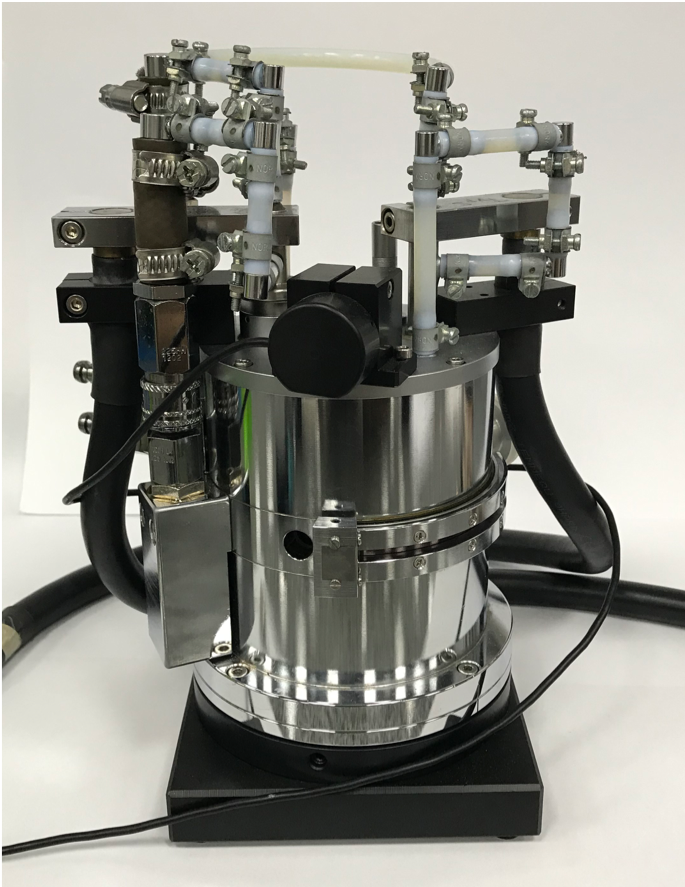
Topas-Academic V6 and V7 software and access to crystal structure databases
The LCCEM has several computers with the TOPAS-Academic V6 and V7 programs for structural analysis with X-ray and neutron diffraction data, and providing access to databases of crystal structures.
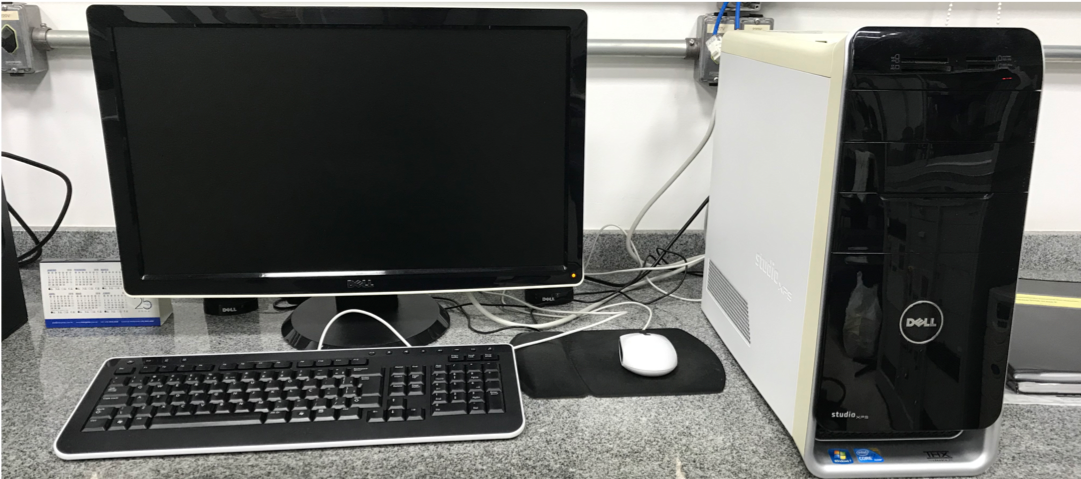
Optical microscope Leica DM 2700
Bright-field (BF), dark field (DF), qualitative polarization (POL) applications. Equipped with a transmitted light axis. Objective option: 5x, 10x, 20x e 40x.
Accessories: Attached camera for recording images and videos and a Linkam LTS420 hot stage (up to 400 oC).
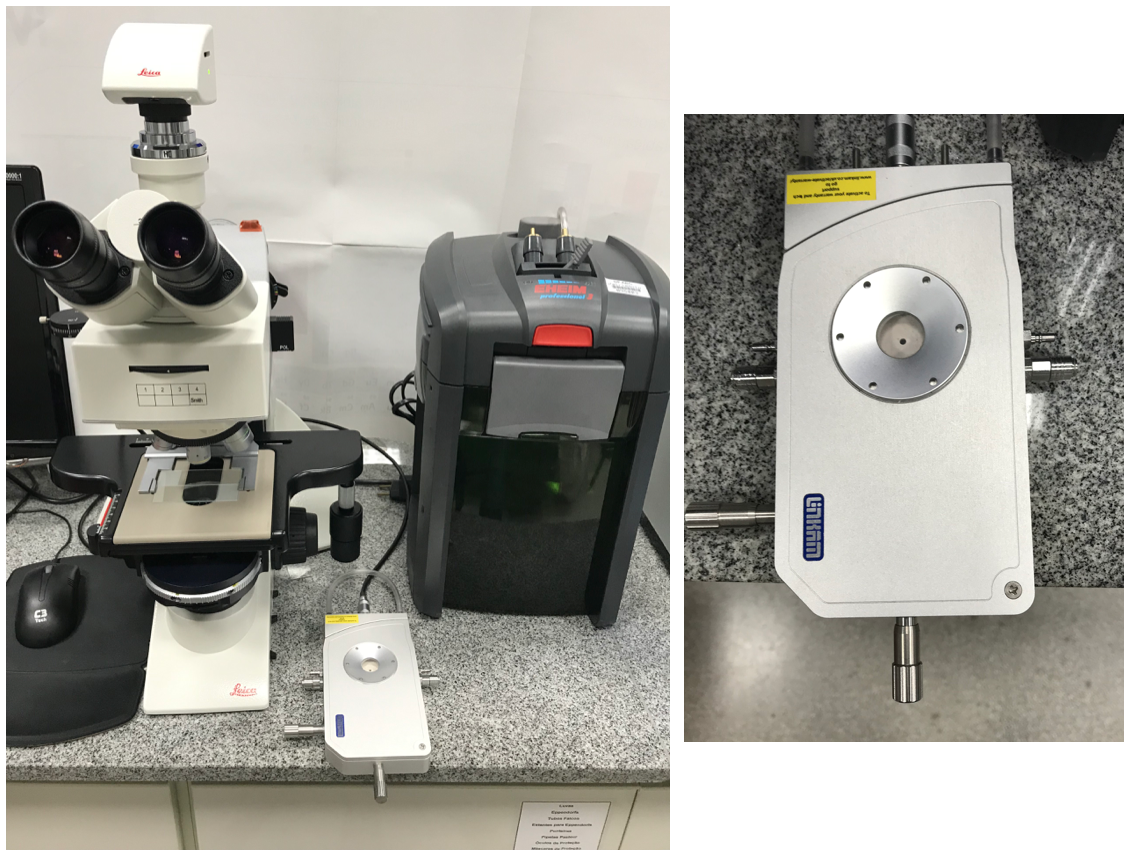
Mixer mill Retsch MM 400
MM 400 mixer mil for dry and wet grinding of small samples. 1.5 mL, 5.0 mL, and 10.0 mL stainless steel grinding jars with 3, 5, and 10 mm spheres.
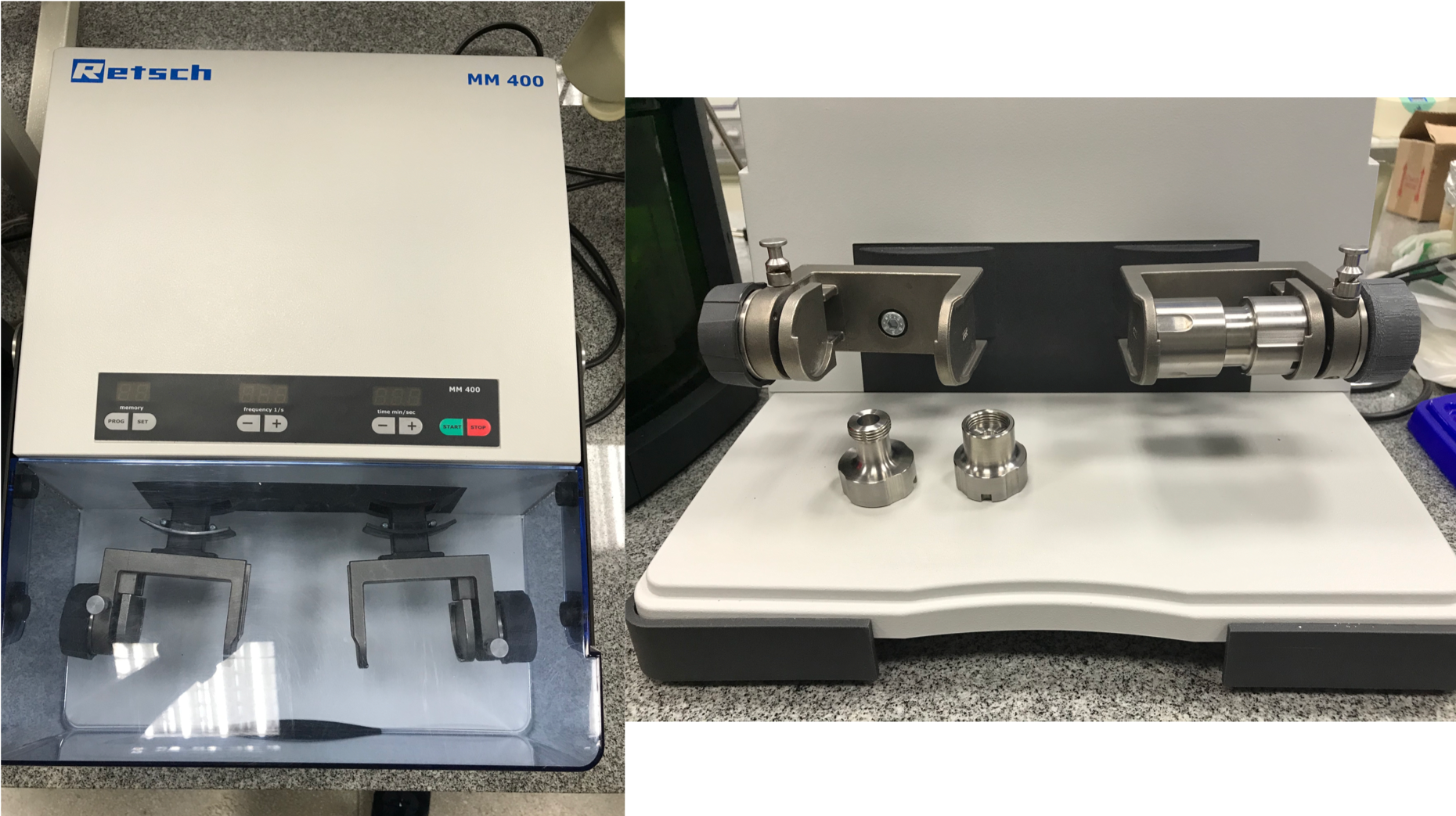
ALV/CGS-3 (Dynamic Light Scattering e Static Light Scattering)
Equipped with:
- Polarized HeNe laser (22 mW), wavelength λ=633 nm;
- Digital correlator ALV7004;
- Pair of APD detectors operating in pseudo-correlation mode;
Possibility of obtaining the hydrodynamic radius, polydispersity index (DLS), and radius of gyration (SLS) of the particles.
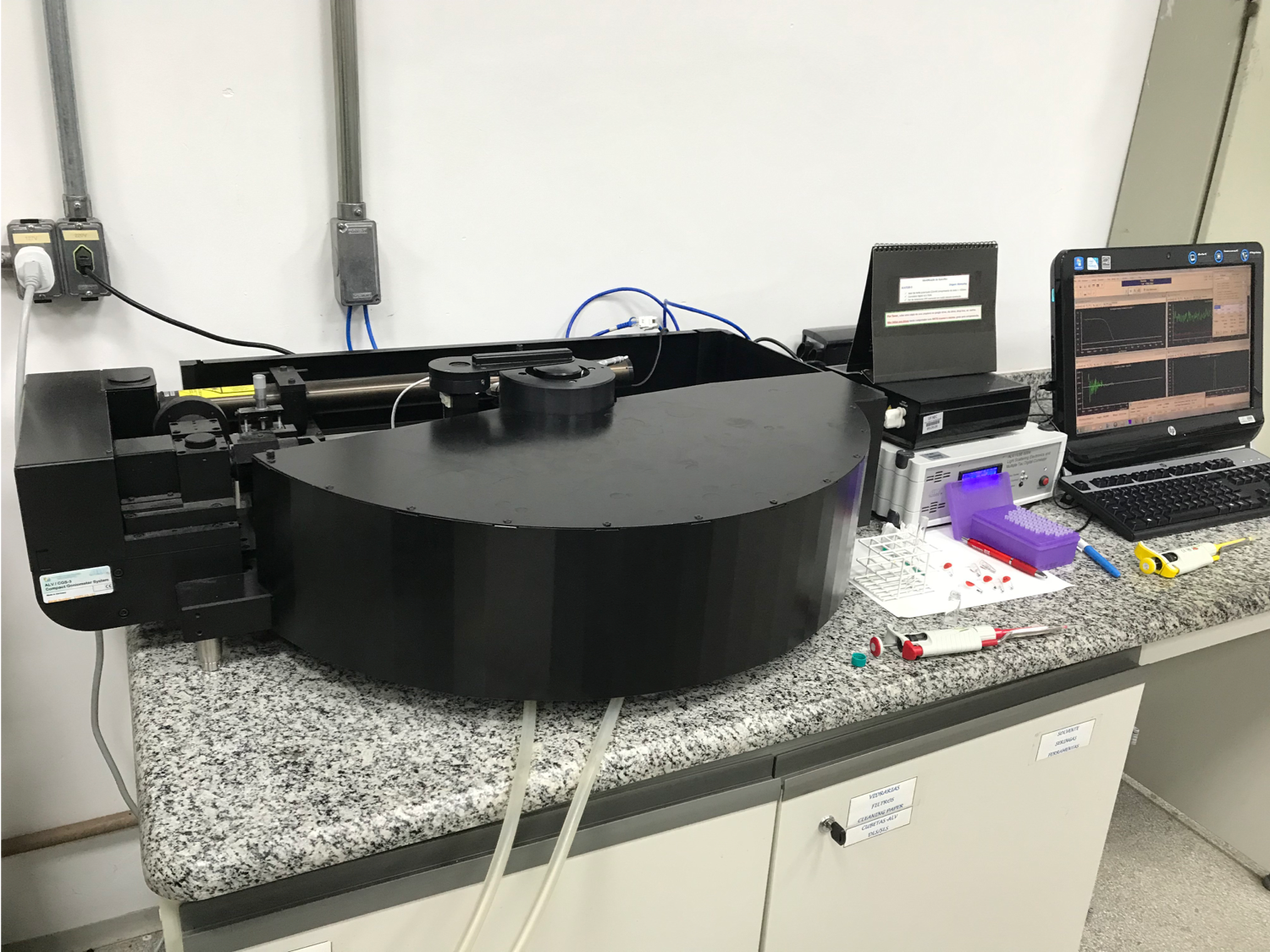
Ultra-pure water distiller

Fume hood
